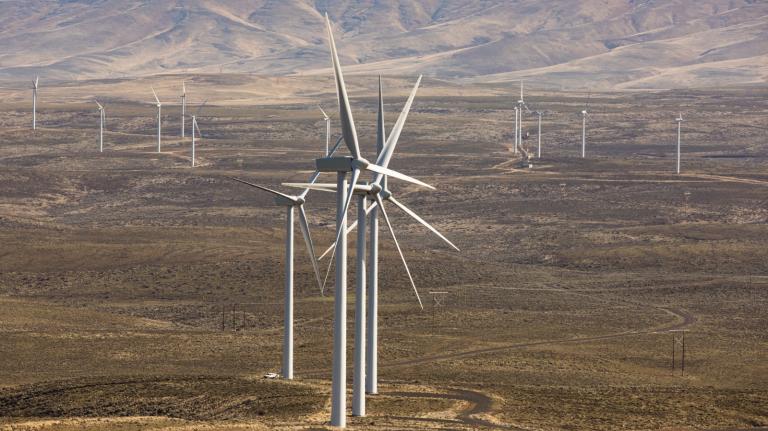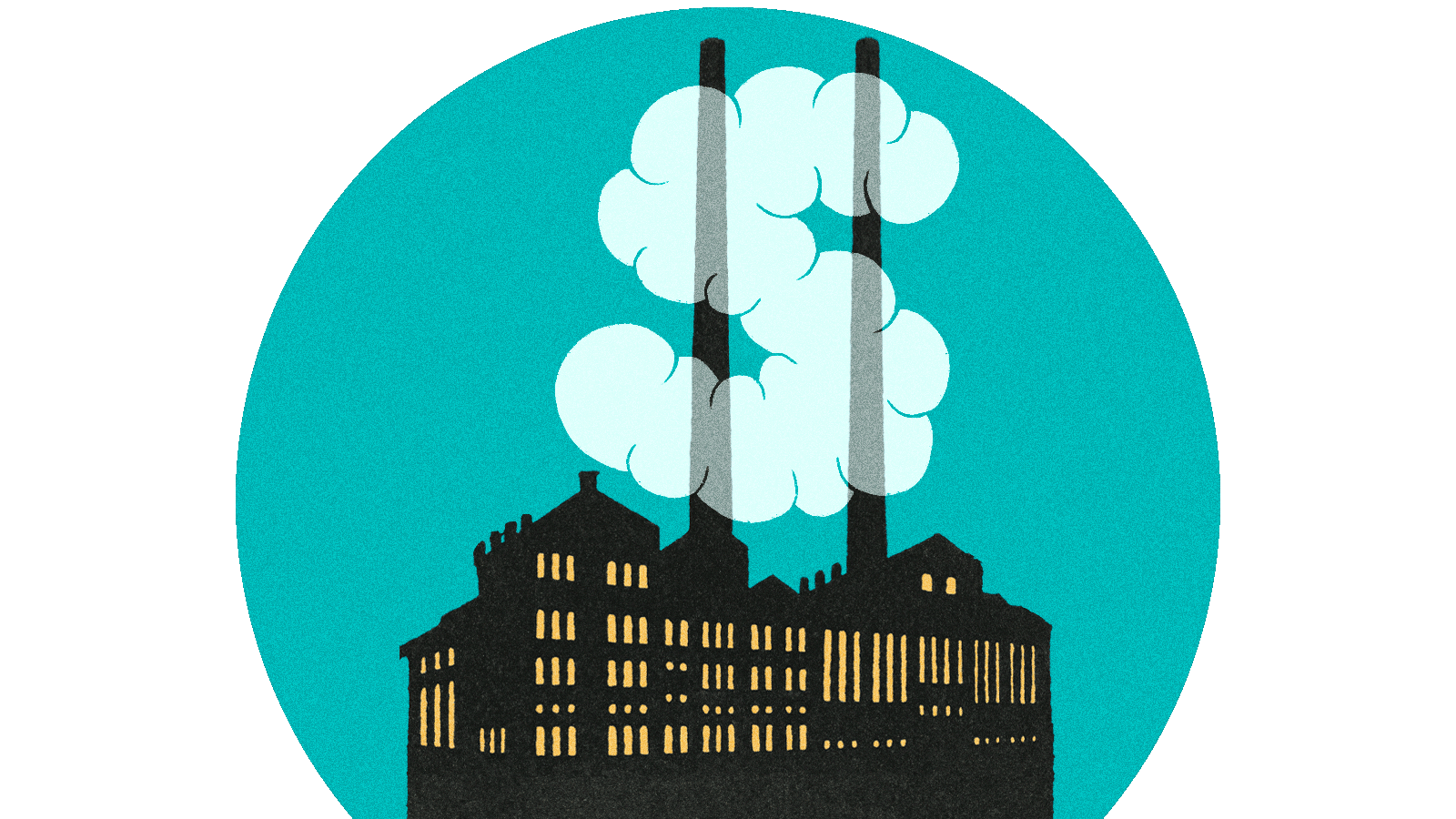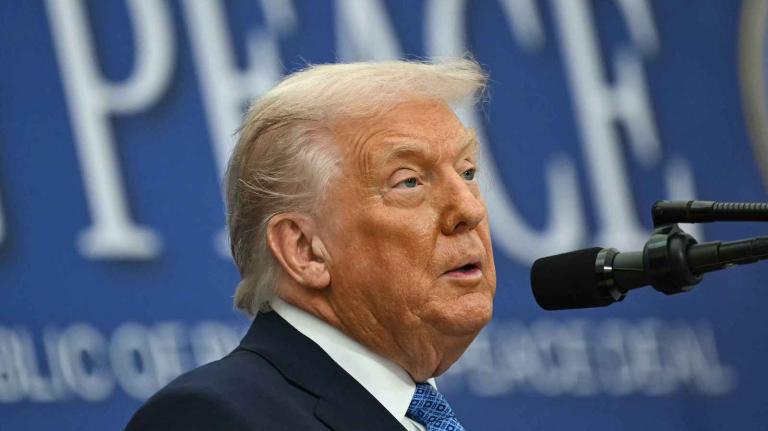Rejected ballot measures. Legislation that couldn’t muster up enough votes. For more than a decade, Washington state has been trying — and failing — to put a price on carbon. That changed this weekend, when the state legislature finally managed to pass a cap-and-trade bill before the legislative session ended, at nearly the last possible moment, signaling that carbon pricing might not be as dead as you’ve read on Twitter.
If Governor Jay Inslee signs the bill as expected, Washington will become the second state after California with a comprehensive cap-and-trade system. Washington’s plan would go into effect in January 2023, provided that the legislature approves a new transportation-spending package by then, according to the bill’s stipulations.
The cap-and-trade program would require Washington to set a statewide “cap” on greenhouse gas emissions that steadily lowers over time. It also creates a market for businesses to buy and “trade” pollution allowances that will become increasingly expensive — an incentive to cut emissions. The revenue raised will go toward renewable energy projects, reducing emissions from buildings and transportation, and adapting to the effects of climate change — such as supporting the relocation of tribes as the sea rises. In an unusual move, the bill also establishes a regulatory program to reduce air pollution in areas where people are breathing particularly unhealthy air.
The Washington Legislature has also set an ambitious carbon-cutting target. While California’s cap-and-trade system commits to reducing emissions by 80 percent compared to 1990 levels by 2050, Washington aims for a 95-percent cut by the same year. “There’s not another state that is committed to this and has adopted requirements that so comprehensively phase out emissions from our economy,” said Vlad Gutman-Britten, the Washington director for the regional nonprofit Climate Solutions. In recent years, the state has passed a suite of climate policies, including a commitment to 100 percent clean electricity by 2045. The legislature also just passed a clean-fuels standard.
Previous attempts to tax or otherwise put a price on carbon all went up in flames. In 2009, one of Washington’s early attempts — a cap-and-invest bill — fizzled, even after it was stripped of most of its substance. That didn’t stop legislators from trying again, resulting in a pile-up of failed bills over the years. Efforts then turned to the ballot. Voters rejected two high-profile carbon-tax initiatives, first in 2016 and then again in 2018. Across the border in Oregon, carbon pricing proposals have met a similar fate. Republican state senators actually went into hiding to avoid voting on a cap-and-trade bill, effectively quashing it — twice.
The Pacific Northwest, seen as a progressive beacon despite its redder rural areas, has often been cited as a reason that carbon pricing was politically unviable. Washington’s cap-and-trade victory complicates that narrative. Plus, eleven states in the Northeast and Mid-Atlantic, including New York and Massachusetts, already participate in a regional cap-and-trade system launched in 2008.
So why did cap and trade succeed now? Proponents of the bill chalk it up to Washington’s decade of efforts — a “practice makes perfect” mentality — as well as the growing urgency of the climate crisis. Gutman-Britten sees Washington state’s recent progress on other fronts — clean building standards and phasing out super-pollutants like HFCs — as part of the reason that this legislation is headed to Inslee’s desk. A broad coalition backed the measure, with support from big environmental groups, the Quinault Indian Nation, and the oil giant BP.
“I don’t think we would have passed it this year, had we not demonstrated to the legislature that we can make progress,” he said. “All of those things are essential, and they made it possible for the legislature to see themselves as a body that acts on climate, and then the stars aligned.”
“It’s the political moment,” said David Mendoza, the director of advocacy and engagement for The Nature Conservancy. “There’s been a building crescendo of the need for immediate climate action.”
Washington state’s legislation would allow it to link up with California’s cap-and-trade program, launched in 2013. Some studies show that over that time span, pollution in low-income communities and communities of color actually increased, as environmental justice advocates had warned would happen. But the data didn’t show that cap and trade caused that growth, leading to confusion over whether cap and trade was helping or harming the state’s most vulnerable people.
Washington tried to preempt those debates by building environmental justice measures into its cap-and-trade program. The new bill establishes a system to monitor and regulate air pollution in the state, locating the communities that are “overburdened” with pollution and work to close the gap. The air quality program is “the critical aspect of ensuring environmental justice concerns are met,” Mendoza said. Washington’s cap-and-trade bill is the “best version” of carbon pricing Washington has seen yet, Mendoza said, and he thinks that a similar air quality program should be a “mandatory component of any carbon pricing legislation from moving forward.”
The bill also stipulates that at least 35 percent of the program’s investments be made in vulnerable communities, with an additional 10 percent for tribal lands. It also incorporates input from an environmental justice council. “Lots of folks have been like, ‘I’m skeptical about carbon pricing,’” Mendoza said, but then supported the bill after they saw the details around air quality and investments. Some justice groups still oppose the measure, calling it a “false promise” and arguing that the bill caters to industry.
Of course, there are still some more details to be worked out. Washington’s bill only covers 75 percent of the state’s total greenhouse gas emissions, omitting certain so-called “nonpoint sources,” like those from agriculture. Gutman-Britten said those concerns eventually need to be addressed. But he says the measure is “historic.”
“This was the result of 15 years of effort, where the policy has been perfected and has developed into a place where it’s really solving problems that people have been identifying for a very long time.”




